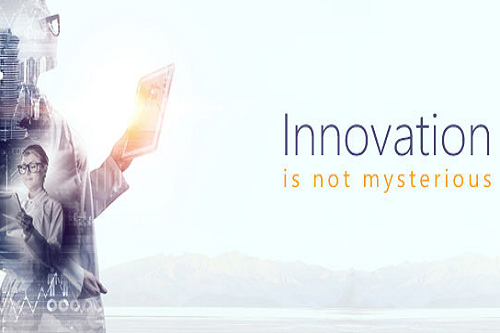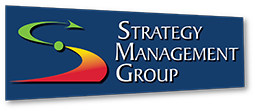
The Four Things I Wish I’d Known – Part 4
Innovation Isn’t Mysterious
 I was so excited – I could not believe that one of my professional students had agreed to show me around his workplace. You see, he was part of a skunkworks operation for a well-known technology company. I was giddy with anticipation. What would I see? This was going to be so cool! I’d long been fascinated with, but intimidated by, the topic of innovation. It seemed so mysterious and confusing. How, exactly, does it work?
I was so excited – I could not believe that one of my professional students had agreed to show me around his workplace. You see, he was part of a skunkworks operation for a well-known technology company. I was giddy with anticipation. What would I see? This was going to be so cool! I’d long been fascinated with, but intimidated by, the topic of innovation. It seemed so mysterious and confusing. How, exactly, does it work?
Imagine my disappointment when he greeted me in the lobby of a very boring suburban office building, took me through minimal (and very typical) sign-in at security (I was expecting a full body scan and intense interrogation), and then escorted me to his workspace – a beige cubicle in the middle of a cubicle farm. What?! I was expecting brilliant colors, yoga balls, trampolines, solid walls of whiteboards covered in cool ideas, excited voices and maybe even some rock music.
I looked around the silent office, everyone heads down in their own cubicles. I studied every piece of paper pinned to his cubicle wall, every book on his desk. I even asked him to show me something he was working on and he pulled up a technical drawing. He obviously thought I was being ridiculous to have been so excited to come and see such dull, normal-looking work. I finally admitted that I expected something so much more exciting where ideas are being thrown about, energy is vibrant, and somehow a break-through idea is born! I expressed my disappointment. And he explained that this is not how innovation typically works in real life.
I’ve since studied much on this topic and innovation really boils down to some simple concepts that I wish I’d known all along. It’s “easy” to innovate if you know what it means.
There two main categories of innovation:
Incremental Innovation – My student was working on incremental innovation, which simply means to take something that exists and make it better. We see it every day via incremental improvements in products or services. The introduction of a new version of software to align to every-changing user needs would be an example of incremental innovation (sometimes this type of innovation is also called “sustaining innovation”). In the government sector, an example of incremental innovation is automating services such as driver’s license renewals or Social Security applications using the Web – to use new technology to deliver mandated services more efficiently and effectively.
Disruptive Innovation – This is what I had associated the mysteries of a skunkworks operation. The truth is, all innovations are incremental: one idea combined with another idea to create something better. The term disruptive innovation applies when the resultant idea ends up disrupting the way things are done in an industry or changes consumer behavior.
A well-known example of disruptive innovation is Uber. Uber used incremental innovation to solve a problem. Taxis are not always available when one needs a ride – especially in smaller or dispersed metro areas. People and organizations in those areas do have cars for hire (the first Uber drivers were actually taxi drivers), so that left one strategic problem to solve: how to connect the rider with the driver — how to “hail a ride” remotely. Smart phones, it turned out, were the key. Uber was born by creating an app that connects drivers with people who need rides. Initially, it was simply incremental innovation – combining existing things in new ways. Why is Uber’s innovation now considered disruptive? Because Uber has disrupted the taxi industry by changing consumer behavior.
Incremental innovation is a much more “manageable” process, and many large corporations, such as the skunkworks I toured, excel at it. And sometimes this process results in disruptive innovation which can become messy, unpredictable, and may even create conflicts within an organization as the breakthrough disrupts entrenched interests and ways of doing things. This is when things get exciting. But sadly, not in the way I had envisioned. Innovation is not so mysterious after all.









